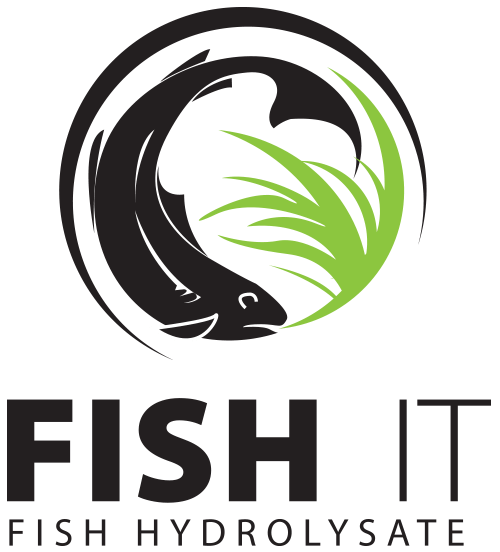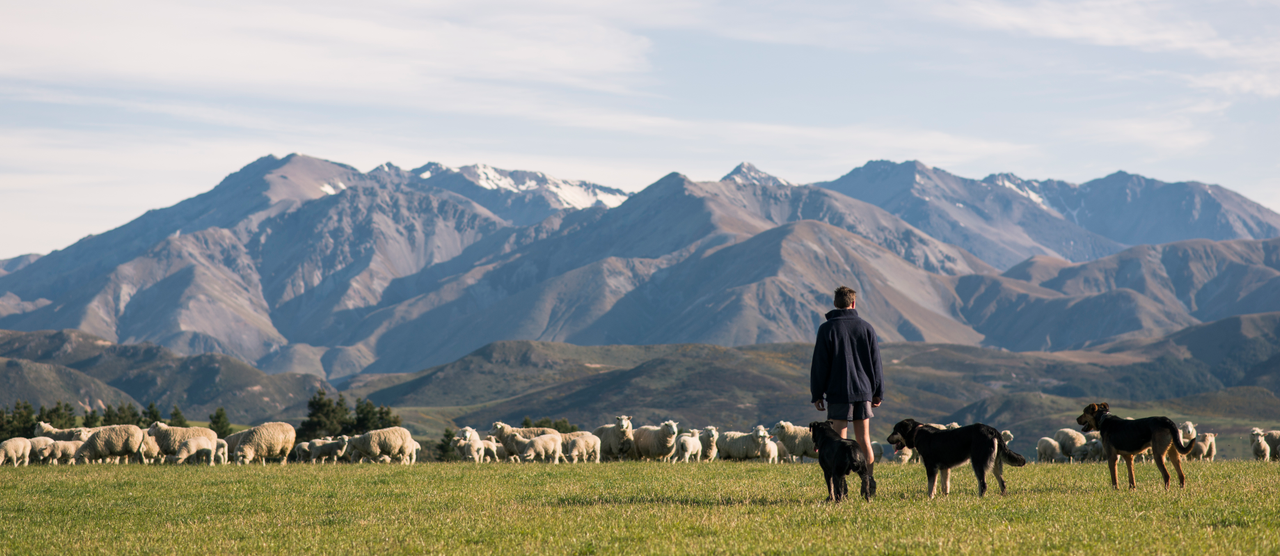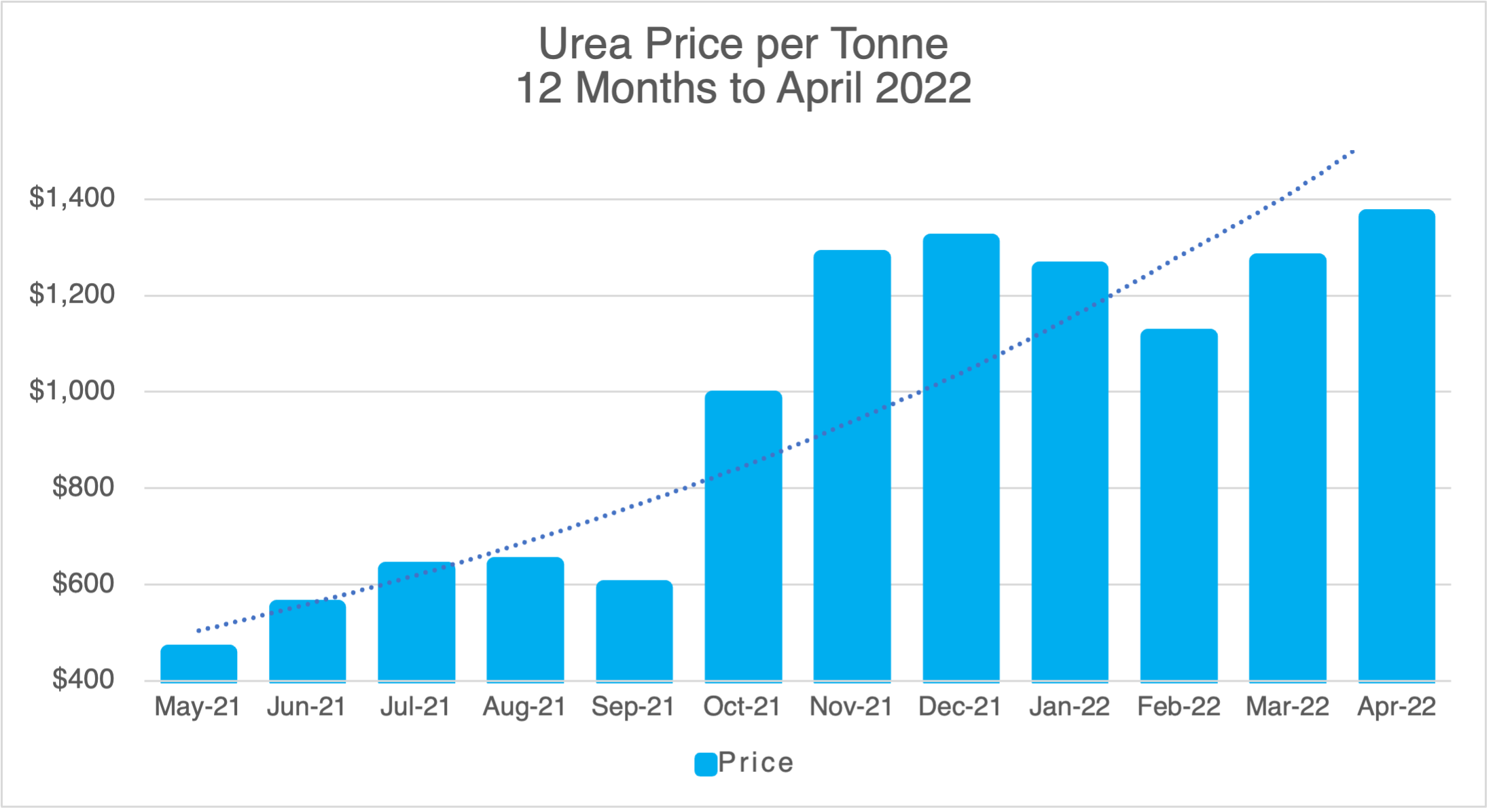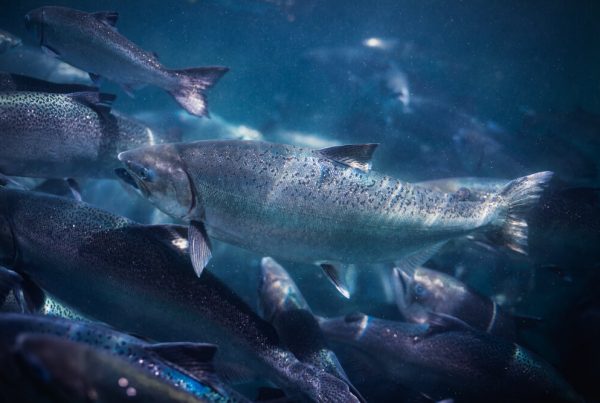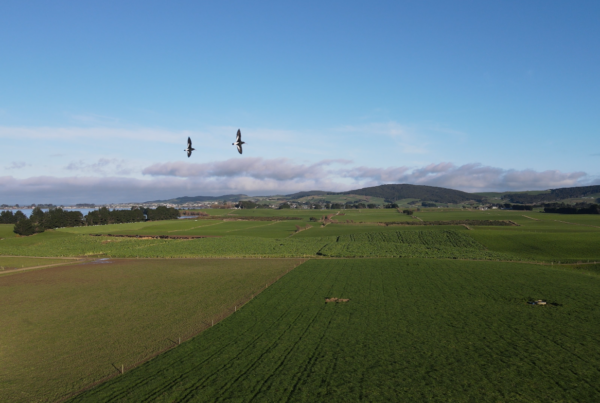Farmers are currently facing unprecedented pressure to change their farming systems from traditional practices towards more sustainable methods with the added context of increasingly high inputs and a focus on maintaining or increasing production.
The Scene is Set
The drive to add sustainability into the farming system is becoming relentless and unavoidable, and it is coming from multiple directions;
- Prices of inputs hiking at phenomenal rates,
- Restrictions in short-term supply and long-term availability of traditional fertilisers,
- Government regulations including the Freshwater Policy and nitrogen cap,
- Councils requiring and enforcing environmental farm plans,
- Customers demanding environmental accountability,
- Urbanites critiquing farming practices,
- Emissions reduction requirements and pending He Waka Noa pricing,
- Personal satisfaction from land stewardship done well.
Source: www.indexmundi.com
Production Full Steam Ahead
However, looming food scarcity means we can’t make changes that impact production. The Food and Agriculture Organization of the United Nations says it is critical that the world achieves food security in the face of climate change:
“The overarching challenges being faced are the growing scarcity and fast degradation of natural resources, at a time when the demand for food, feed, fibre and goods and services from agriculture (including crops, livestock, forestry, fisheries and aquaculture) is increasing rapidly.”
“However, the transition of our global food systems will take time, policy change, an evolution of on-farm practices, and an overall shift in mindset. Farmers, in specific, must implement a new set of practices in the field to transition conventional systems towards more sustainable farming systems. We must empower farmers with research, education, support. Applaud those making changes and be careful not to villainous those slower to uptake.”
Pragmatic Ideas on Taking Steps to Sustainable Farming
While this pressure can seem overwhelming and, let’s face it, change is never easy, it’s important for farmers to remember that along with pressure, there is also fantastic support in New Zealand for those ready to start on a journey to change. Whatever your driver for making change – and for some of us it’s as simple as the high price of fertiliser – it doesn’t have to be a big shift or total overhaul of what you know and what works. In fact, of the experts that we spoke to, almost all suggested that staged, incremental change – baby steps – was a great approach.
“Every farm is different and there is no prescribed set of rules. Usually, it starts with identifying what it is you would like to change; animal health, pasture growth, fertiliser reduction; then find people who can help you.”
Canaan AhuAgrownomics
Transitioning agriculture systems to embrace sustainability without loss of production is not just a New Zealand issue. But, as always, it could well be New Zealand that leads the way. At Fish IT, we continue to talk to some of the players in the incredible advisory network in New Zealand that are out there and armed with the knowledge and expertise to support and guide farmers along the way.
Start Small and Build
A recent podcast with Tow & Fert, featuring Canaan Ahu, Soil Consultant and Director of Agrownomics, gave some great advice. “When the pressure comes on, we go back to our defaults. We think, we cannot afford to take any risks here. And that’s why it becomes hard to implement sustained change. A ‘safe to fail’ strategy can work so well. Start with a small area that won’t cripple you if it goes wrong. Once you build trust that the strategy holds truth on a small scale, then multiply it out”. “Every farm is different and there is no prescribed set of rules. Usually, it starts with identifying what it is you would like to change; animal health, pasture growth, fertiliser reduction; then find people who can help you.” He says that it is understandable that new clients are testing the waters. Results build trust. Success stories build confidence. “The Regen model is not the only one out there, but answers do start to appear when we look with open-mindedness. Our aim is to reduce pressure on farmers and restore pride in what they are doing.”
The beauty of the farming industry is that we can share our knowledge and successes for the greater good of all farmers without diminishing the value of our own business. So as increasing numbers of New Zealand farmers go along this journey, we are getting better and better at what we do.
Manage the Natural Nitrogen Cycle
Raymond Burr of Qlabs in Waipawa points out that for some, these practices are not even particularly new, and there is plenty of expertise out there. “Some of us have been practicing this stuff for 30 years, before it even had a name. Now it’s being called regenerative farming. New Zealand started relying on synthetic nitrogen in the 1990’s and now we’ve almost lost the ability to manage the natural nitrogen cycle. We need to transition back to where we were but use our knowledge to do so without impacting production.” Qlabs works with clients to build healthy soils, plants, animals and profits. “We work to drive the natural carbon and nitrogen cycle by optimising soil functionality – that combination of physical, chemical and biological soil factors. Of the 16 essential soil elements, we need to identify and remedy the limiting factors for growth and quality of pasture. Then implement best practice methods of grazing management, rotation lengths, spelling pasture and adding a good carbon source – which is where Fish IT or other biological stimulants come in.”
Raymond says that often the desire for change is driven by increasing animal health issues. “To get unhealthy animals, you have to have unhealthy soils and unhealthy pastures”. It backs up Canaan Ahu’s principle that you are what you eat and so are your animals. “They can’t go looking for gaps in their nutrition. If they are eating nutrient dense food with the right balance of minerals then they are going to be metabolically healthy and resilient. By taking a preventative approach to animal health, we are avoiding the ambulance at the bottom of the cliff of remedying issues with expensive drugs and loss of production.”
Keep it Simple and Move Forward with a Safety Net
Reagan Bayly of Soil Matters, a soil consultancy based in Christchurch, says that it starts with a plan. “I often get clients to white board some simple points. 1. What do we want to achieve broadly? Just a couple of words. Then 2. What are our non-negotiable production outcomes. 3. How do we measure those outcomes? Then we can start putting in place steps to head towards our goals but with a safety net, which is measuring those non-negotiable production outcomes. This helps manage the risk of a new approach and forms the basis of a decision-making system as you move through the season. So if your goal is a reduction in N usage of 20%, you can put in place a methodical approach of how to get from A to B ensuring you are keeping tabs on those critical measurements of non-negotiable production as you go along, making sure as you manipulate what you do, you don’t go too far.” Something Soil Matters finds when working with clients is by careful analysis of the farm data they can often identify the ‘Low Hanging Fruit’ and work on those first. That is changes that won’t cost much (or are easy) to implement that address obvious issues.
Low pasture production due to soil compaction can be a good example of low hanging fruit. Even a simple grazing management change can pretty quickly improve results. Leaving larger residues behind post-grazing can protect the soil structure, prevent damage and improve soil that is functioning below its optimum. “You interrupt the cycle of low grazing due to lack of pasture supply leading to worsening supply, but it takes a conscious change.”
Reagan emphasises that the key is to get good advice. Look for someone who approaches the farm as a whole system, because everything on farm is interrelated. “It takes time to get biological systems functioning and the reality is, a lot of people give up. Nitrogen masks a lot of problems and there is a mindset that it is the answer to those problems, but it’s actually inhibiting good practice and progress. We need to be honest about what the problems are because most issues happen due to a previous action or actions.”
“New Zealand started relying on synthetic nitrogen in the 1990’s and now we’ve almost lost the ability to manage the natural nitrogen cycle. We need to transition back to where we were but use our knowledge to do so without impacting production.”
Raymond BurrQlabs
Little and Often
One thing every expert we spoke to was in agreement on was that it all starts with the soil. Rudi Woutersen, from R & J Agri Spray says that the question of where to start has a surprisingly simple answer “Just start using less fertiliser, but more often”. “Change is not that scary if you take small steps all the time. Get your confidence levels up with what you are doing”. He says he would never recommend a farmer just suddenly stops or makes radical changes but goes gradually towards the end goal. “We need to build trust. All of us advisors in this space are trying to prepare farmers for new regulations. We can be doing better in New Zealand, but some of the traditional advisors are not helping farmers to change.”
One of the R & J products is ‘LMO16’, which stands for Little More Often and contains the 16 soil nutrients, plus a carbon source to boost soil biology. It is applied as a fine particle foliar application using a Tow & Fert and is generally applied more often, but at a 30 to 50% lower annual rate than traditional fertiliser. He says it’s important to give the soils time for natural processes to build in response to the carbon source and not to fall back on N reliance too quickly. “We keep checking pasture growth rates and soil fertility levels.”
Rudi tells a story of a farm he has worked with that has gradually reduced their annual fertiliser use by 50%. “It’s been mind boggling, after 5 months we have seen the levels of every single soil nutrient go up, despite much less going on. It’s amazing what can be done by tweaking our practices. By going little and often and adding a biological component to provide a carbon source, you are making the whole process of putting nutrients on more effective. And massively reducing leaching.” “Nitrogen is only one part of it, P is the other component. We are putting on massive amounts at once, paying shitloads of money for it, and it’s not getting utilised”.
Keep up the Kaizen
Kaizen is a Japanese term meaning “change for the better” or “continuous improvement.” It is a Japanese business philosophy regarding the processes that continuously improve operations and involve all employees. Kaizen sees improvement in productivity as a gradual and methodical process.
At Fish IT we understand that there are no silver bullets out there, nor is there a one size fits all. Farming is a complex, constantly evolving system that requires expert management and advice. As a source of carbon and soil bio stimulant, Fish IT is simply one of the options in the broad toolkit for moving towards a more sustainable but high production system. We recommend 3-4 applications per year for best results, but obviously every farm is different and it’s important to get specific advice. Another good starting point is to download our Definitive Guide to Benchmarking the Soil and start the journey towards understanding how to improve your soil health.
By speaking to the experts in the farming industry who are out there every day working with clients we have been so impressed with the depth and breadth of knowledge in our industry. There has never been a better time to broaden our search for best practice and the rewards are many. Not the least of which is the well-being that results from pride in what we are doing, competently responding to the new pressures on farming and the satisfaction of knowing that we are helping lead the way to resolving a global problem of food security in a fast-changing environment.
